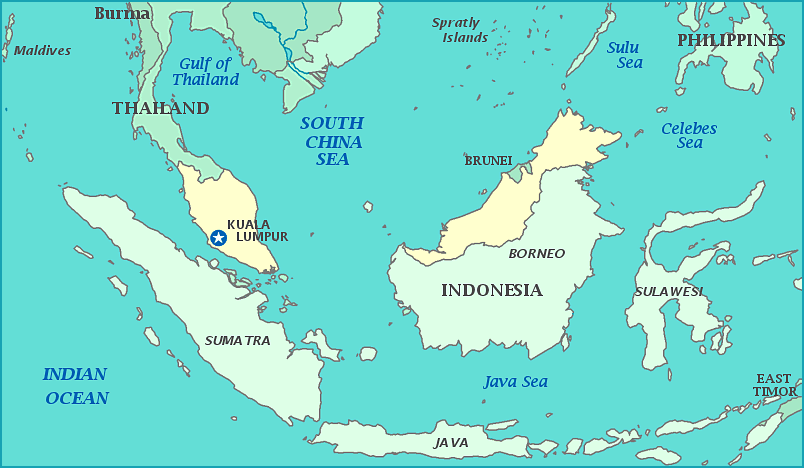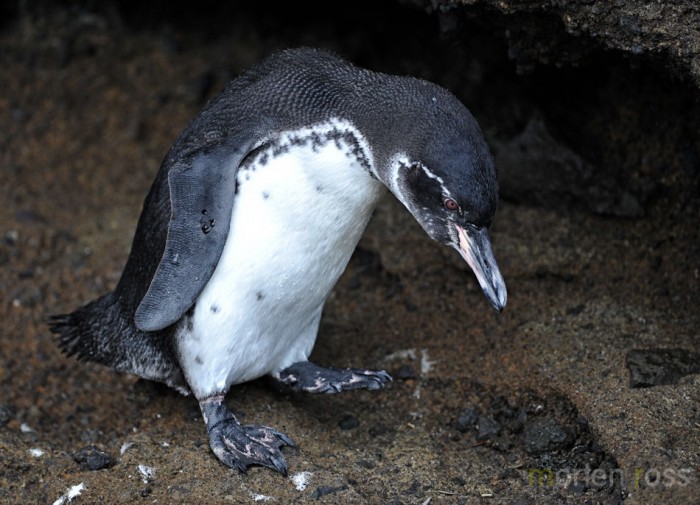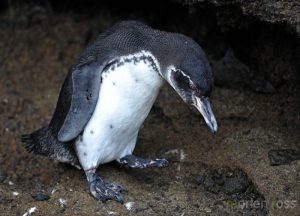Galapagos travel guides know their islands are filled with wondrous creatures; and perhaps none is more unusual than the Galapagos Island penguin (Spheniscus mendiculus). Far from the Antarctic, the Galapagos penguin is endemic to these tropical islands and has adapted accordingly. Yet these unique Galapagos animals have adapted to more than just the weather – the Galapagos Island penguin has learned to eat local foods and avoid local predators. Unfortunately, Galapagos animals introduced by humans could be wrecking this delicate marine food chain.
What Does the Galapagos Penguin Eat
The Galapagos penguin is an ocean-oriented bird and an important part of the marine food chain. Hunting just off the coast of the Galapagos Islands these birds feed on crustaceans and small fish such as mullet or sardines, according to the BBC’s “Science & Nature > Galapagos Penguins” page. The Galapagos penguin generally eats fish smaller than 6 inches long.
Galapagos penguins will generally forage during the day – swimming in the ocean’s cool waters and avoiding the daytime heat. According to Micheal Hume Jackson in Galapagos: A Natural History these penguins may swim slowly on the water’s surface but under the sea they make a formidable opponent swimming as quickly as 40km/hr. Galapagos penguins may also improve their feeding chances by hunting in groups when fish are abundant. As many as 200 Galapagos penguins may hunt together says the Smithsonian’s Howard Youth in the February 2000 article “Penguins on Thin Ice”.
Natural Predators of Young Galapagos Penguins
Galapagos animals may find it hard to take on an adult penguin, but chicks and eggs make for an easy meal. Natural predators of penguin chicks and eggs include the following Galapagos animals according to the University of Michigan’s Museum of Zoology “Galapagos Penguin” page:
Galapagos snakes (Dromicus slevni and Dromicus dorsalis)
Galapagos rice rats (Oryzomys galapagoensis)
Owls (Asio flammeus and Tyto alba)
Galapagos hawks (Buteo galapagoensis)
Sally lightfoot crabs (Grapsus grapsus)
The Sally lightfoot crab is much beloved by Galapagos travel brochures for its bright red carapace which can grow over three inches long – its penguin hunting ways however are less advertised.
Galapagos Animals That Hunt Adult Penguins
Adult Galapagos penguins have few natural predators. Their size makes them less suitable prey for the hawks, crabs, and other Galapagos animals on the island. However, once back in the sea the Galapagos penguin has to watch out. As Michael Hume Jackson notes – sharks, fur seals, and sea lions are all potential threats.
The Galapagos are home to several shark species including the Galapagos shark which is often found close to shore feeding on fish, sea lions and marine iguanas when not feasting on penguins. Other shark species in the Galapagos include white-tipped and black finned reef sharks, the Port Jackson shark, tiger sharks and hammerheads, according to Jackson.
The Galapagos Island Penguin and Introduced Species
The only land predators adult Galapagos penguins have to worry about are feral dogs and cats – species that were unfortunately introduced by humans. Native Galapagos animals did not evolve with cats and dogs and thus do not have any defenses against them. According to the International Union for the Conservation of Nature (IUCN) cats introduced near a Galapagos penguin breeding site reduced the penguin population by 49% in one year.
The Galapagos penguin is an endangered animal according to the IUCN with fewer than 2000 individuals left on the islands. Human caused pollution, oil spills, and disease have all had an impact on the Galapagos penguin population. Local fishermen also affect penguin populations when the birds are caught on fishing lines and in nets. Finally, El Niño has decimated fish populations which in turn affected the penguins’ diet and health.





















